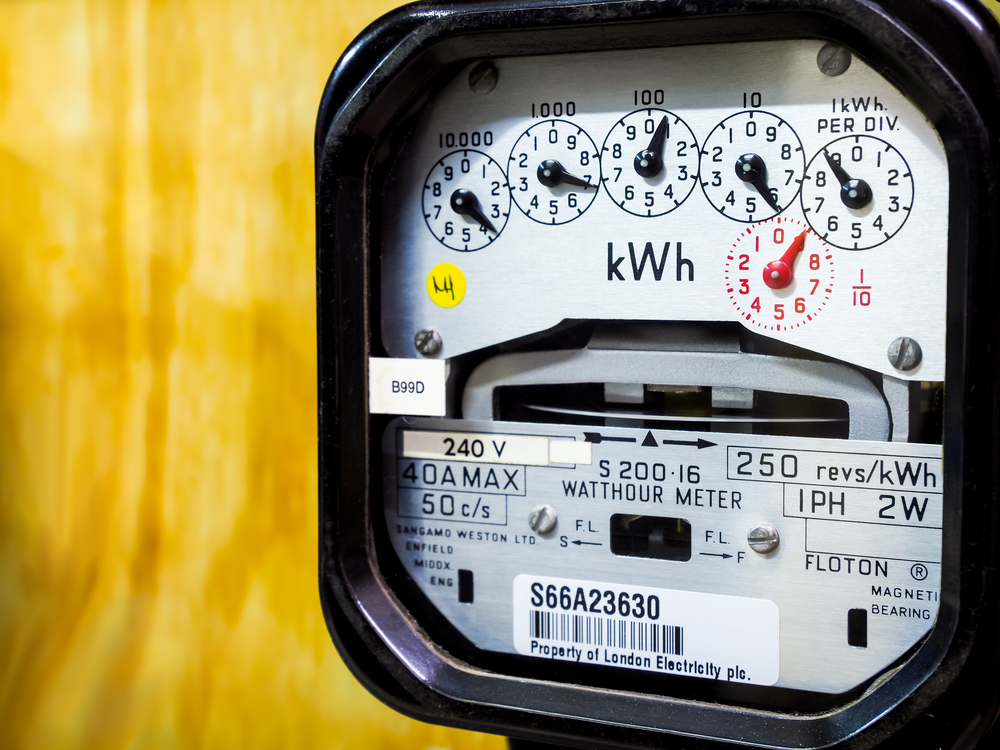Why Home Energy Use Spikes and How to Investigate the Causes
Sudden rises in household energy use can show up on a bill or a smart meter overnight. Understanding whether a spike reflects real consumption, meter or billing issues, grid problems, or changes in household behavior helps you respond appropriately. This article outlines common causes and practical investigation steps.

Sudden increases in home energy use are common and can have several explanations. A spike might come from genuine higher consumption, a metering or billing error, planned or unplanned grid activity, or changes to tariffs or contracts. Investigating methodically — checking appliances, reviewing billing and meter data, and contacting local services or your supplier — helps identify the cause and decide whether efficiency measures, switching plans, or a service request is needed.
Energy consumption patterns
Energy consumption can change quickly when heating, cooling, or major appliances run more often. Seasonal shifts, guest visits, or new devices such as electric vehicle chargers or space heaters explain many spikes. Track when the spike occurred and which rooms or devices were in use. Note standby loads from older electronics and the cumulative effect of multiple devices operating simultaneously: small loads add up and can turn normal usage into a peak event.
Billing, tariffs and unexpected charges
Billing issues and tariff changes can look like consumption spikes when the underlying usage has not changed. Check the billing period, any recent tariff adjustments, and whether your bill switched from an estimated to an actual reading. Time-of-use tariffs or changes in standing charges may increase a bill without higher consumption. Review your contract details and recent communications from your supplier to verify tariff updates or billing corrections.
Meter reading and monitoring
Meter inaccuracies, misreads, or faulty smart meters can produce apparent spikes. Compare the meter reading on the bill with the physical meter or smart meter app. For manual meters, note the reading date and ask for clarification if the supplier used estimated data. If you have a smart meter, inspect the historical consumption graphs through the display or app to spot when the spike began. Regular monitoring and logging for a few days gives context for suspected meter issues.
Grid reliability and outages
Grid events and outages can indirectly cause high consumption once power returns, for example when heating systems, pumps, or refrigeration restart simultaneously. Local grid maintenance or temporary reliability reductions may also affect supply quality. Consult outage maps or your supplier for reports in your area. If repeated fluctuations or voltage issues occur, document times and effects on appliances, then report to your local network operator for investigation into reliability.
Peak demand and home efficiency
Peak demand periods drive higher costs on some tariffs and strain distribution infrastructure. Identify which appliances drive peaks—water heaters, HVAC, ovens, and EV chargers are common culprits. Improving efficiency can reduce both consumption and peak demand: programmable thermostats, better insulation, LED lighting, and targeted appliance replacement are examples. Monitoring usage with an in-home energy monitor or smart plugs helps map when peaks occur and which devices are responsible.
If you want to compare suppliers or learn who provides local services, a quick look at established providers may help when reporting issues or considering switching. The table below lists several widely known providers and their common services and benefits; use it as a starting point to find suppliers or network operators in your area.
| Provider Name | Services Offered | Key Features/Benefits |
|---|---|---|
| EDF Energy | Residential electricity and gas supply; smart meter support | Broad coverage, online consumption tools, time-of-use tariffs |
| E.ON | Retail supply, energy efficiency programs, renewable options | Home energy audits, renewable tariffs, smart home integrations |
| Engie | Electricity supply, commercial and residential services | Renewable generation options and energy management services |
| Duke Energy | Power distribution and supply (US regions) | Outage reporting, grid reliability resources, customer support |
| Southern Company | Electricity generation and distribution (US regions) | Reliability data, support for large residential customers |
Switching, contracts and renewable options
When spikes are tied to cost or tariff structure, switching suppliers or adjusting your contract can be part of the solution. Compare contract terms, standing charges, and whether time-of-use or fixed-rate plans suit your consumption patterns. Renewable energy options and green tariffs are increasingly common; verify contract clauses on sourcing and certificate claims. Before switching, check exit fees, notice periods, and whether a new smart meter or monitoring service will help avoid future surprises.
Conclusion Investigating a sudden home energy spike involves checking actual consumption, meter accuracy, billing and tariff changes, and local grid conditions. Use monitoring tools to map usage, review contract and billing details, and consult local services or your supplier for meter or outage investigations. Understanding the cause—whether behavioral, technical, or contractual—guides appropriate responses such as efficiency improvements, monitoring upgrades, or contract adjustments.






